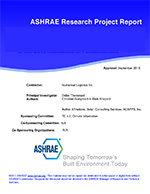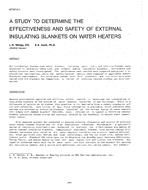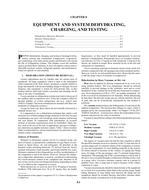As airtightness is recognized as an essential issue for low energy dwellings, it is nowadays often included in EP (Energy Performance) calculations, frequently through single zone models with uniform air leakage. Because more consideration is often given to energy performance than to indoor air quality issues, air leakage through internal partitions is often disregarded. Thus, additional studies are needed to check these current assumptions.Therefore, in the present study air leakage through building envelope and through internal partitions is investigated. Firstly, this paper presents the methodology used in our experimental study, conducted in order to measure multizone air leakages, using the guarded zone pressurization technique. Then, the paper develops a detailed innovative database with our 456 exterior and internal partition walls airleakage measurements, performed in 23 detached houses. The database includes for each internal partition or exterior wall: building general information, special requirements, building main characteristics, measurement protocol, type of wall, measurement input data and measurement results (CL, n, q50 and developed reliability index). Then, an analysis of this database is performed. The analysis reveals most important relationships. For instance, internal partition walls airleakage is not linked to envelope airtightness level, the type of building structure having more influence.
Citation: ASHRAE and AIVC IAQ 2016 Conf
Product Details
- Published:
- 2016
- Number of Pages:
- 8
- File Size:
- 1 file , 1.3 MB
- Product Code(s):
- D-2016IAQ-31


